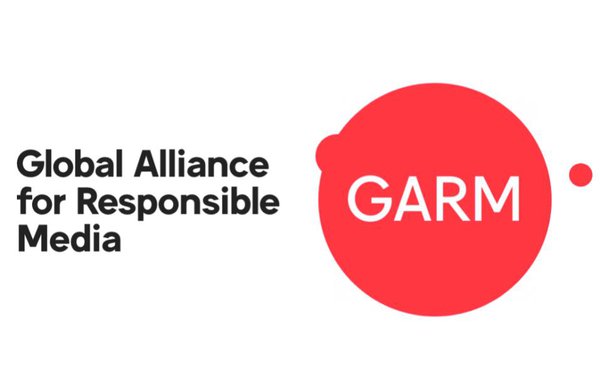
Three of the biggest platforms responsible for
the spread of disinformation and divisive content online -- Facebook, YouTube and Twitter -- have taken an important step toward a new self-regulatory process negotiated by the World Federation of
Advertisers (WFA).
The platforms have each agreed to adopt a common set of definitions for hate speech and other harmful content and said they will collaborate on the development of
industry monitoring efforts that would help curtail harmful content being distributed in the future.
The agreement is the result of 15 months of “intensive talks” among
marketers, agencies and the digital platforms operating under the auspices of the Global Alliance for Responsible Media (GARM), a cross-industry initiative that was organized by the WFA, and supported
by other ad trade organizations including the Association of National Advertisers and the American Association of Advertising Agencies.
advertisement
advertisement
The group noted that at least three other
platforms -- social networks TikTok, Pinterest and Snap -- have also given “firm commitments” to provide plans for developing similar controls by year-end.
Meanwhile, the
agreement with Facebook, YouTube and Twitter contains four key areas for action, including:
Adoption of GARM common definitions for harmful
content
Development of GARM reporting standards on harmful content
Commitment
to have independent oversight on operations, integrations and reporting
Commitment to develop and deploy tools to better manage advertising
adjacency.
“As funders of the online ecosystem, advertisers have a critical role to play in driving positive change and we are pleased to have reached agreement
with the platforms on an action plan and timeline in order to make the necessary improvements,” WFA CEO Stephan Loerke stated, adding: “A safer social media environment will provide huge
benefits not just for advertisers and society but also to the platforms themselves.”
As important as the common definitions of harmful content are, the next step -- developing
a “harmonized” approach to reporting and monitoring the distribution such content -- will be crucial for industry self-regulation.
Importantly, the WFA said “independent
oversight” will be essential for compliance, noting in a statement: “With the stakes so high, brands, agencies, and platforms need an independent view on how individual participants are
categorizing, eliminating, and reporting harmful content. A third-party verification mechanism is critical to driving trust among all stakeholders.”
The WFA said the goal is to
have all major platforms “fully audited or in the process of auditing” by year end, but it did not disclose what entities would be conducting such audits.
Lastly, the WFA
said the reporting and monitoring system will also lead to new “advertising adjacency solutions” that will help advertisers and agencies avoid placing ads adjacent to harmful content in
the future